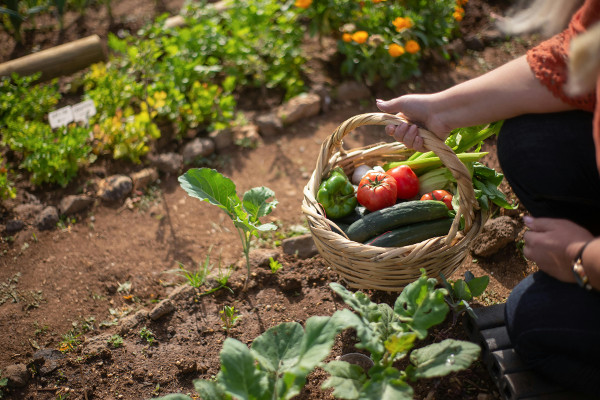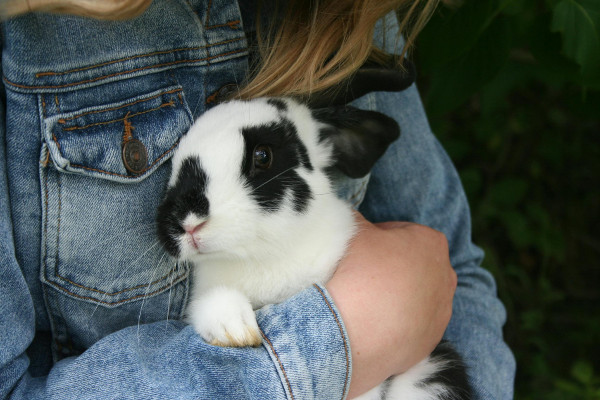How to Start and Enjoy the Journey of Joining a Community Garden
Joining a community garden is more than digging in the dirt – it’s about reconnecting with nature, your neighbors, and yourself. Whether you're brand new to planting or already have soil-stained hands, this guide offers gentle answers to the real questions people ask when starting out. From finding your first plot to understanding what you can grow and how much time it takes, each section is here to support your slow and steady return to something grounding, shared, and beautifully alive.
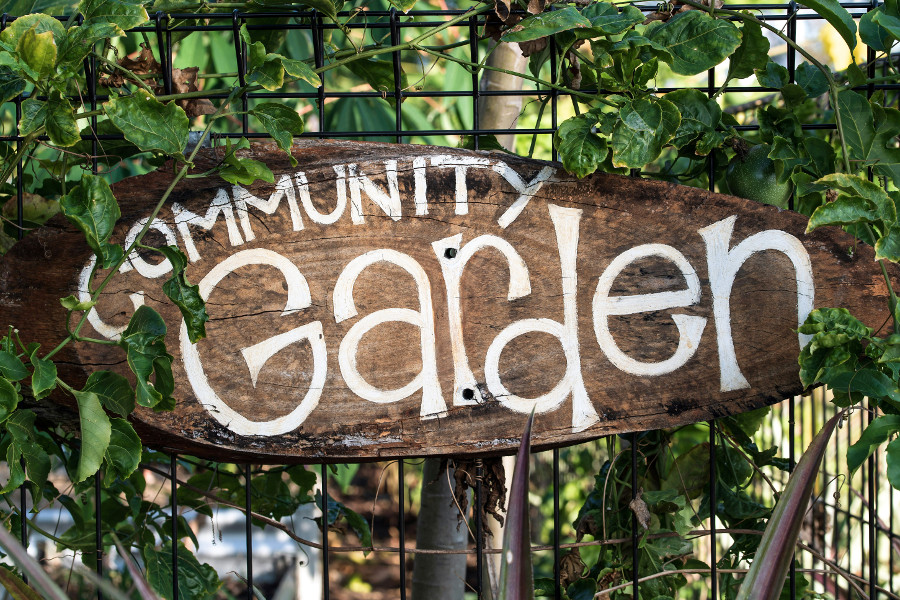
How do I find a community garden near me?
It might be easier than you think. Community gardens are quietly blooming in neighborhoods all around us, waiting to be noticed. If you're looking for one nearby, try starting with a simple online search. Local directories, city government websites, or platforms like LocalHarvest can help point you in the right direction. But you don’t always need the internet – sometimes all it takes is a walk around your neighborhood or a quick chat with someone at the farmer’s market. It’s amazing how many hidden green gems exist just a few streets away. Finding a community garden is more than locating a patch of soil; it’s about finding your place in a shared rhythm of growth, care, and belonging. All you have to do is look – and ask.
Do I need prior gardening experience to join?
Not at all. A community garden isn’t a test – it’s a journey, and beginners are always welcome. You don’t need to know how to prune like a pro or recognize every seedling on sight. In fact, the garden is the perfect classroom, and nature is a patient teacher. Most community gardens are filled with people who started just like you: curious, unsure, and quietly excited. Fellow gardeners are often happy to share tips and stories, and you’ll quickly find that learning by doing is the best way forward. Mistakes will happen – and that’s okay. A forgotten watering or a wilting tomato plant isn’t failure, it’s part of the process. So don’t worry about credentials. Just show up with open hands and an open heart.
What are the costs associated with joining a community garden?
Joining a community garden won’t cost you a fortune – but it will ask for a little commitment. Most gardens charge a small annual fee, something modest, usually between $20 and $100. This covers shared expenses like water, tools, and basic upkeep. Think of it as a contribution to something bigger than yourself. Sometimes gardens also ask for a few volunteer hours or suggest small donations for supplies. But many also offer sliding-scale options, especially if cost is a concern. At the end of the day, it’s not just about money – it’s about value. What you give in time and support comes back in food, friendship, and a rare kind of peace that’s hard to put a price on.
What types of plants can I grow in a community garden?
Imagine having your own little patch of earth, where you get to choose what grows. Most community gardens give you that freedom, within a few gentle guidelines. You’ll likely see rows of tomatoes, peppers, lettuce, and herbs like basil and mint. These are common for a reason – they grow well and bring joy. You can also plant flowers, which brighten your space and attract pollinators. There may be rules against growing very tall plants or anything invasive, just to keep things fair and easy for everyone. But beyond that, the choice is yours. It’s not just about planting food – it’s about planting intention, and watching it slowly take root. Every garden plot is a personal canvas, shaped by hands and hope.
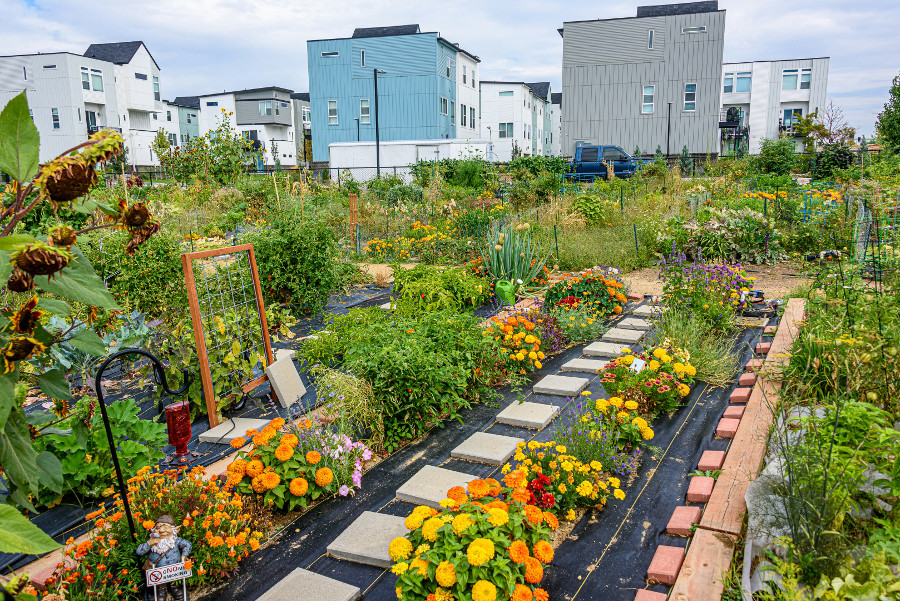
How are garden plots assigned?
There’s something quietly exciting about being handed a plot in a community garden. It’s a small piece of land, yes – but it feels like a new chapter. Plots are usually given out on a first-come, first-served basis. In popular areas, there might be a waiting list, and patience becomes part of the journey. Some gardens prioritize residents of the neighborhood, or those with limited access to fresh produce. Once you’re in, your spot is often yours to renew each year. Just keep it active, cared for, and respected. Because a plot isn’t just a space – it’s a promise. A promise to grow, to participate, and to be part of something that stretches beyond your own corner of soil.
What are the typical plot sizes in community gardens?
Plot sizes are like garden personalities – they vary from place to place, each with its own shape and story. In city gardens, space is often tight, so you might get something around 4 by 8 feet. Just enough for a few vegetables and herbs to thrive. In suburban or rural areas, plots can be bigger – maybe 10 by 20 feet or more. Some gardens offer raised beds, while others keep things simple with marked ground space. If you’re just starting out, a smaller plot can be less overwhelming and more manageable. The beauty is that you don’t need a huge space to grow something meaningful. A few square feet and a little care can yield more than just produce – it can grow pride, peace, and community.
Do I need to bring my own tools, or are they provided?
Stepping into a community garden feels like entering a shared world, and that includes the tools. Most gardens provide the basics – rakes, shovels, watering cans – kept in a common shed for everyone to use. They may not be shiny or new, but they carry the history of many seasons and many hands. Still, some people prefer to bring their own small tools, especially gloves, pruners, or a favorite trowel. It’s a personal touch in a shared space. Just remember to label anything you leave behind. Whether borrowed or brought from home, the important thing is not the tool itself – it’s the act of tending. It’s showing up with intention, ready to work with the earth, alongside others doing the same.
How much time do I need to commit to maintain my plot?
Tending a garden doesn’t have to take over your life – but it does ask for a regular rhythm. Most people spend about two to five hours a week on their plot, depending on the season and how ambitious their planting is. Spring may call for more effort – preparing soil, planting seeds – while midsummer is all about watering, weeding, and harvesting. Some gardens also ask members to help with common areas a few times a year. It’s not a huge time cost, but it does require consistency. Your plot becomes a kind of mirror – it reflects how much love and energy you’re willing to give. In return, it gives you more than just vegetables. It offers time away from screens, a chance to slow down, and something beautiful to care for.
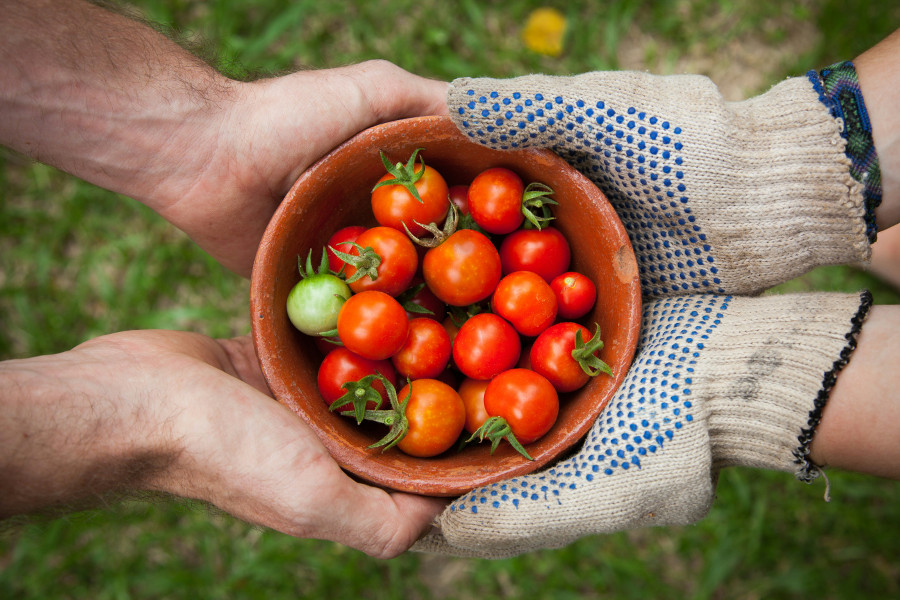
Here are some of the most popular forums about gardening:
- GardenWeb (Hournoopener noreferrerzz Forums)
- Reddit – r/gardening
- Gardeners Corner
- Gardening Forums
- Permies
Are there rules about using pesticides or fertilizers?
Yes, and for good reason. Most community gardens ask members to avoid synthetic chemicals and stick with organic or eco-friendly methods. This keeps the soil healthy and safe for everyone – plants, pollinators, and people. Using harsh pesticides can harm more than just bugs; it can affect neighboring plots, water sources, and the balance of the ecosystem. Compost, mulch, companion planting – these are the tools of choice in most shared gardens. They ask us to think not just about what’s easiest, but about what’s kindest – to the soil and to each other. If you’re unsure, just ask. Garden coordinators or seasoned growers are usually happy to share alternatives. After all, gardening is about nurturing life, not controlling it. The goal is harmony, not dominance.
Can I bring my children to the garden?
Absolutely. In fact, gardens are some of the best places for children to play, learn, and connect. Many community gardens welcome families, understanding that little hands can be just as curious and capable as grown-up ones. There might be a few rules – like keeping an eye on your kids and making sure they respect other plots – but these are just about safety and care. Some gardens even have special sections for children or organize seasonal activities just for them. Watching a child pull up their first carrot or water a seedling with quiet wonder is a reminder of what gardening is really about. It’s not just growing plants – it’s growing people. And children often understand this better than anyone.
What happens if I go on vacation or can't tend my plot?
Life gets busy. Vacations, work trips, or unexpected events can pull you away. But the garden still needs tending. If you know you’ll be gone, it’s a good idea to make a plan – ask a fellow gardener, a friend, or a neighbor to water and check on your plot while you’re away. Some gardens have systems in place for this kind of support. Ignoring your plot for too long can lead to overgrowth, pests, or even loss of the space, depending on the garden’s rules. But it’s not about punishment – it’s about keeping the shared space thriving. Think of it like a pet or a promise. If you care for it, it will flourish. And if you’re away, just find someone kind to care for it in your place.
How can I start a community garden in my neighborhood?
Starting a community garden begins with a question: what if we grew something here, together? From that simple thought, real change can bloom. First, talk to your neighbors – see who’s interested. Find a piece of land, maybe a vacant lot, a school yard, or part of a park. You’ll need permission, and sometimes a little paperwork, but don’t let that discourage you. Reach out to local organizations, city departments, or gardening nonprofits. They often have advice, resources, even small grants to help you begin. Start small, stay organized, and involve as many people as you can. The garden will grow in soil, but it also grows in people. And once it’s there, it becomes more than a space – it becomes a shared hope, rooted in the heart of the community.
Have fun in your next community garden project.


